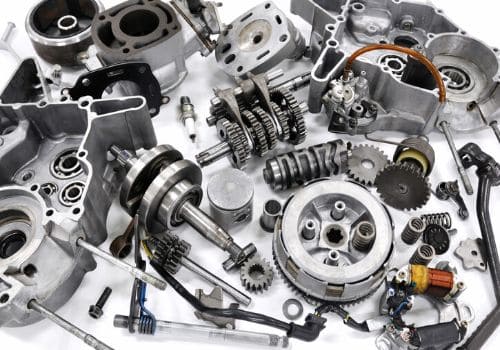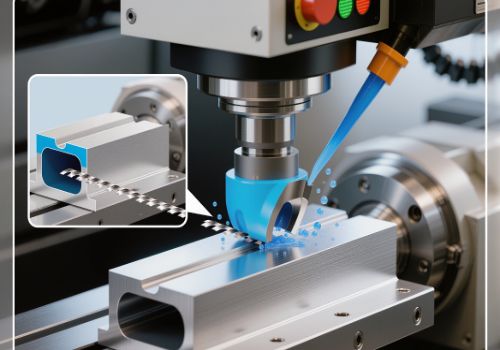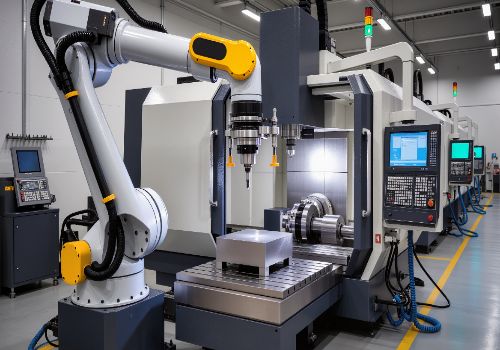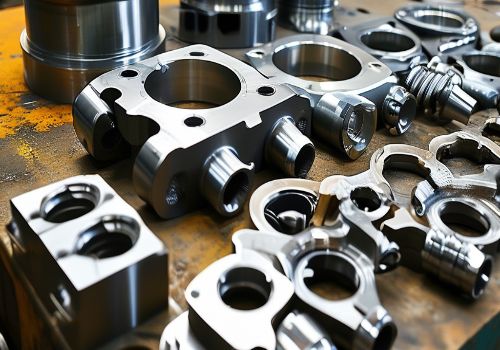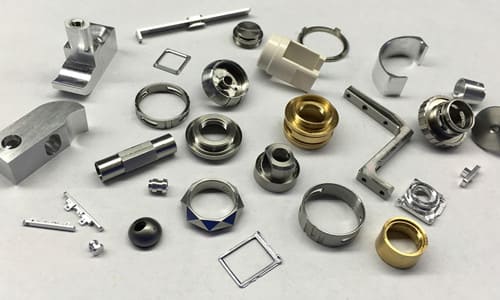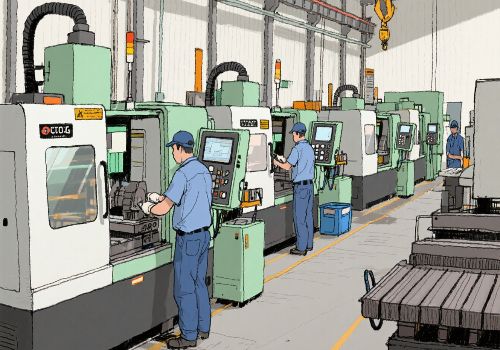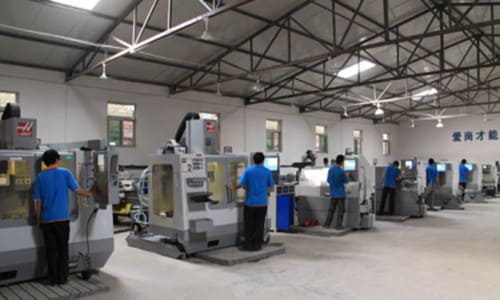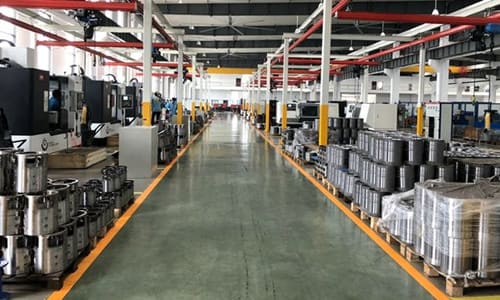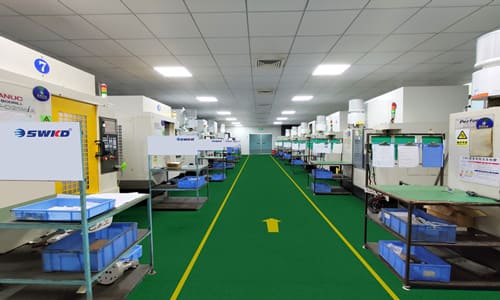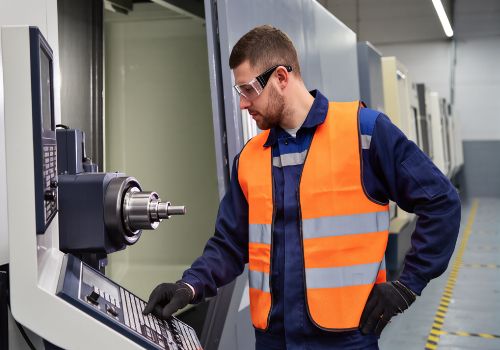Introduction
If you’re running a CNC machining operation, you’re generating metal chips—often hundreds or thousands of pounds monthly. But what if those chips could turn from waste into revenue while reducing environmental impact?
The answer is a resounding yes, CNC metal chips are highly recyclable. In fact, recycling machining waste can recover 95-98% of the material value while slashing disposal costs and carbon footprint.
This comprehensive guide covers everything you need to know about recycling CNC metal chips—from collection best practices to maximizing financial returns.
Why Recycle CNC Metal Chips?
Environmental Benefits
-
♻️ Energy Savings: Recycling aluminum uses 95% less energy than virgin production
-
🌱 Resource Conservation: Reduces mining demand for raw materials
-
🚯 Landfill Reduction: Metal chips can take centuries to decompose
Economic Benefits
-
💰 Direct Revenue: Scrap metal values (2024 averages):
-
Aluminum: $0.50-$1.20/lb
-
Brass: $1.80-$2.50/lb
-
Copper: $3.00-$4.00/lb
-
Steel: $0.08-$0.15/lb
-
Titanium: $4.00-$6.00/lb
-
-
📉 Cost Avoidance: Eliminates $100-$500/ton landfill fees
-
📊 Tax Advantages: Potential green manufacturing credits
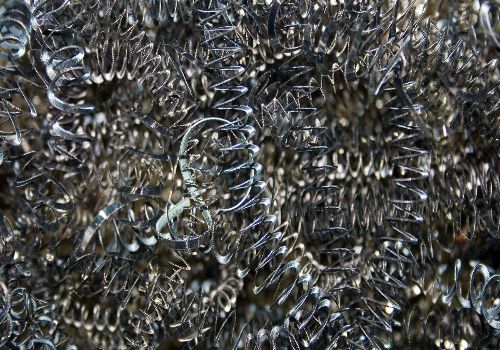
Step-by-Step: How to Recycle CNC Metal Chips
1. At-Source Separation (Most Critical Step!)
-
Use labeled containers for each metal type
-
Train operators on proper disposal protocols
-
Implement color-coded bins:
2. Chip Processing
-
Centrifuging: Removes 90-95% of cutting fluids
-
Briquetting: Compacts chips into dense bricks for:
-
Higher value per pound
-
Reduced storage space
-
Cleaner handling
-
-
Thermal processing: Removes residual oils
3. Finding the Right Recycler
-
Look for ISO 9001/14001 certified processors
-
Choose local partners to reduce transport emissions
-
Verify downstream processing ethics (no overseas dumping)
4. Documentation & Tracking
-
Maintain chain-of-custody records
-
Track weight by material type
-
Calculate environmental impact metrics
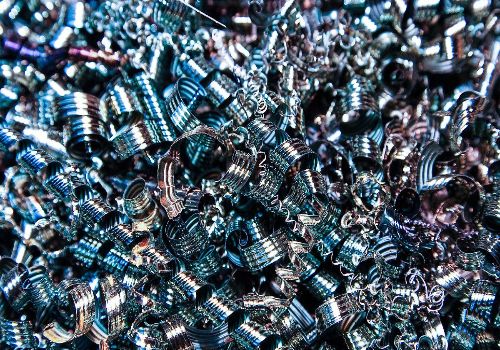
Special Considerations by Material
Aluminum Chips
-
Highest recycling efficiency (75-85% recovery rate)
-
Avoid contamination with steel or other metals
-
Keep dry to prevent oxidation
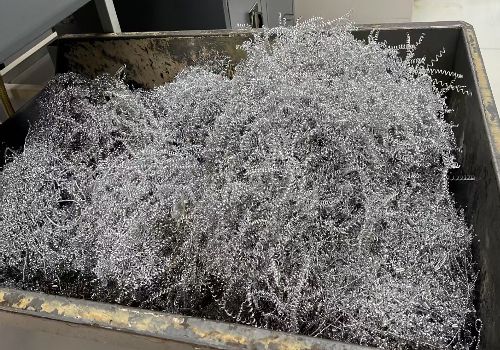
Stainless Steel Chips
-
Separate by grade (300 vs 400 series)
-
Higher value when uncontaminated
-
Magnetic separation simplifies sorting
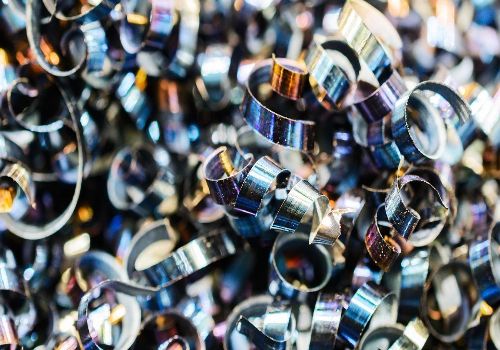
Titanium Chips
-
Extremely valuable in pure form
-
Prevent fire risk (titanium is pyrophoric)
-
Special handling required for aerospace-grade
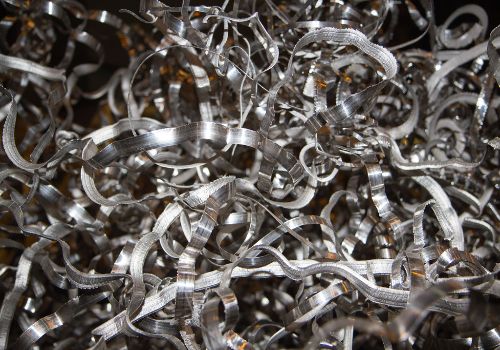
Copper/Brass Chips
-
Premium pricing for clean chips
-
Immediate revenue generator
-
Watch for embedded steel (fasteners, fixtures)
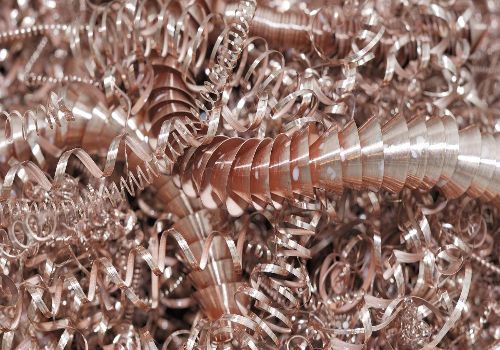
Contamination: The #1 Recycling Killer
What Ruins Chip Value
-
❌ Mixed metals: Even 2% steel in aluminum halves value
-
❌ Plastics/rubber: From gloves, packaging, or fixtures
-
❌ Dirt/concrete: Floor sweepings mixed with chips
-
❌ Excessive oil: More than 3-5% fluid content
Contamination Prevention Protocol
-
Dedicated containers for each machine
-
Magnetic sweeps before chip disposal
-
Regular audits of separation compliance
-
Employee training on cost of contamination
Advanced Recycling Technologies
On-Site Briquetting Systems
-
ROI: 6-18 months for medium/large shops
-
Benefits:
-
Reduces volume by 10:1
-
Increases value by 30-50%
-
Eliminates fluid disposal costs
-
Closed-Loop Coolant Recycling
-
Integrated systems filter and reuse cutting fluids
-
Extends fluid life 5-10x
-
Further reduces waste volumes

Case Study: Aerospace Machine Shop
Challenge: 2,500 lbs/week aluminum chips, 8% contamination rate
Solution:
-
Implemented color-coded separation system
-
Installed centrifugal dryer ($18,000 investment)
-
Partnered with local ISO-certified recycler
Results: -
📈 Revenue increased from $0.35/lb to $0.85/lb
-
🗑️ Landfill costs reduced by $1,200/month
-
📊 ROI achieved in 14 months
-
🌱 Carbon footprint reduced by 38 tons CO2/year

FAQ: CNC Chip Recycling
Q: Are oily chips recyclable?
A: Yes, but value decreases with oil content. Processors typically deduct 5-15% for excessive fluids.
Q: How should we store chips before recycling?
A: Use covered, labeled containers in a designated area. Keep different metals separated.
Q: What about specialty alloys?
A: Superalloys (Inconel, Hastelloy) command premium prices but require exact documentation.
Q: Can we recycle grinding sludge?
A: Yes, but it typically has lower value due to higher contamination levels.

Conclusion
Recycling CNC metal chips isn’t just environmentally responsible—it’s financially smart manufacturing. With proper separation, processing, and partner selection, your “waste” can become a significant revenue stream while advancing sustainability goals.
Ready to turn your chips into cash? Download our free recycling ROI calculator or request a scrap audit from our partners.

